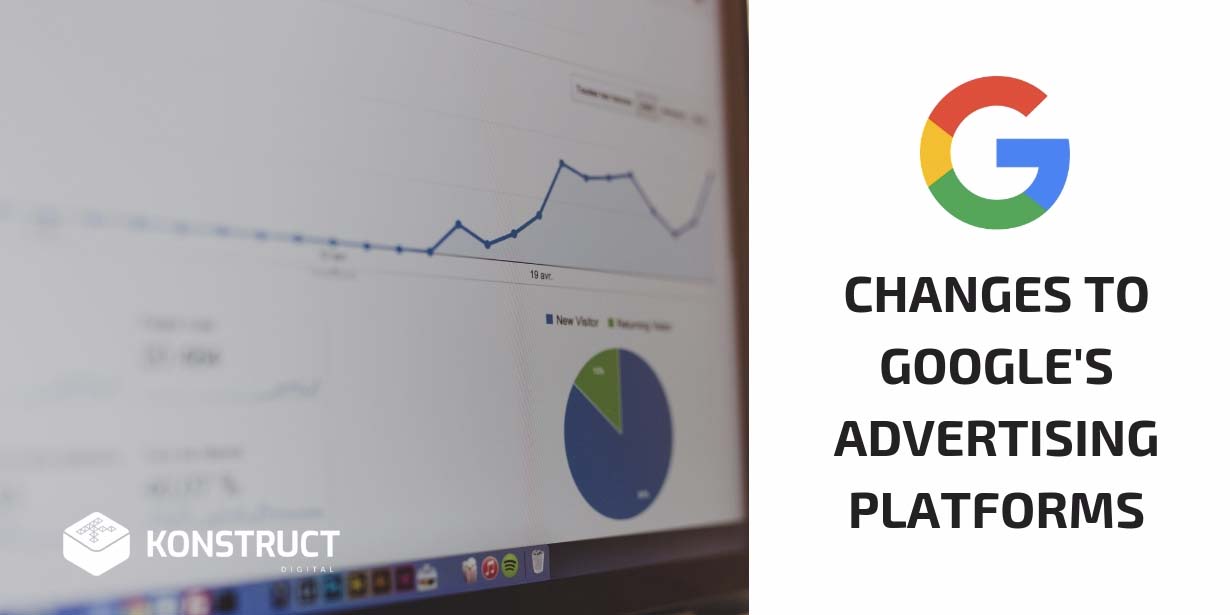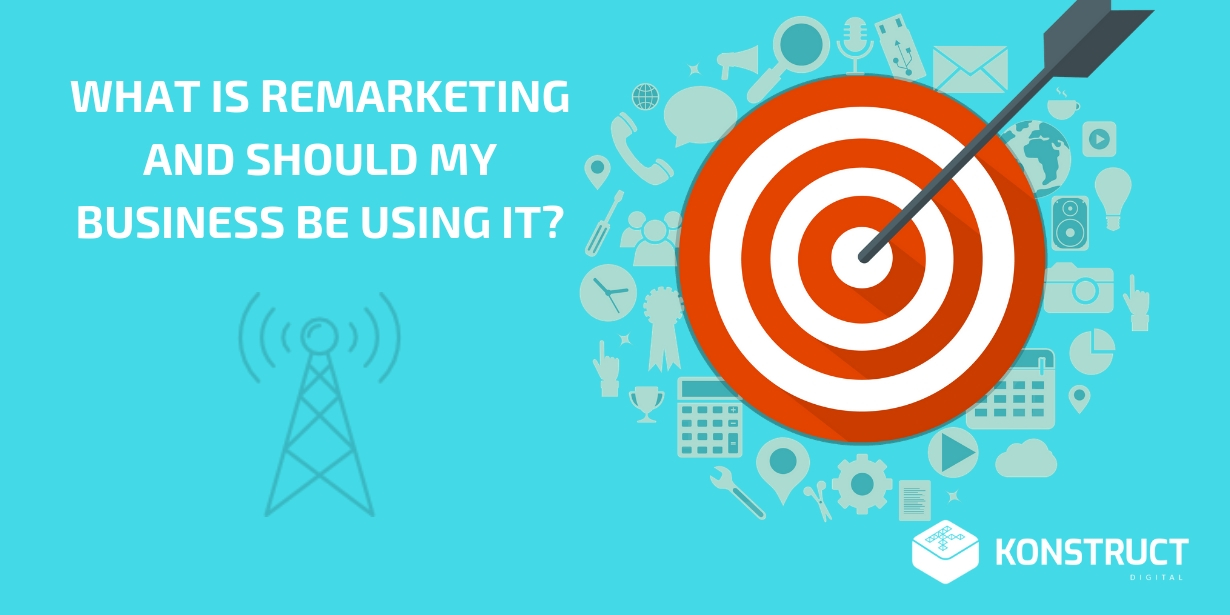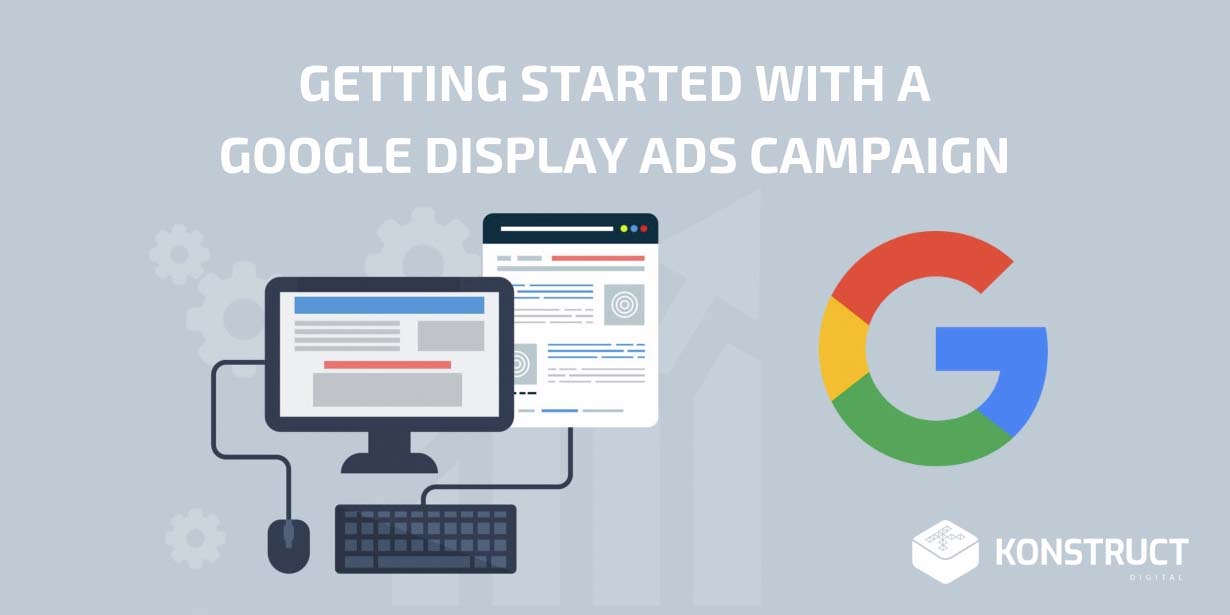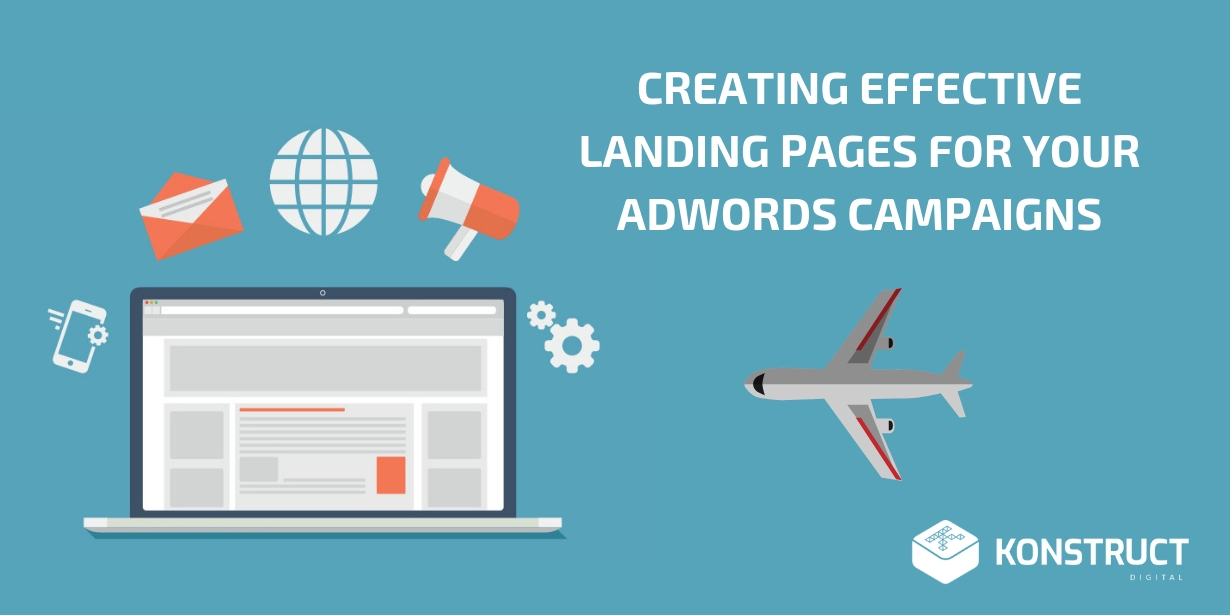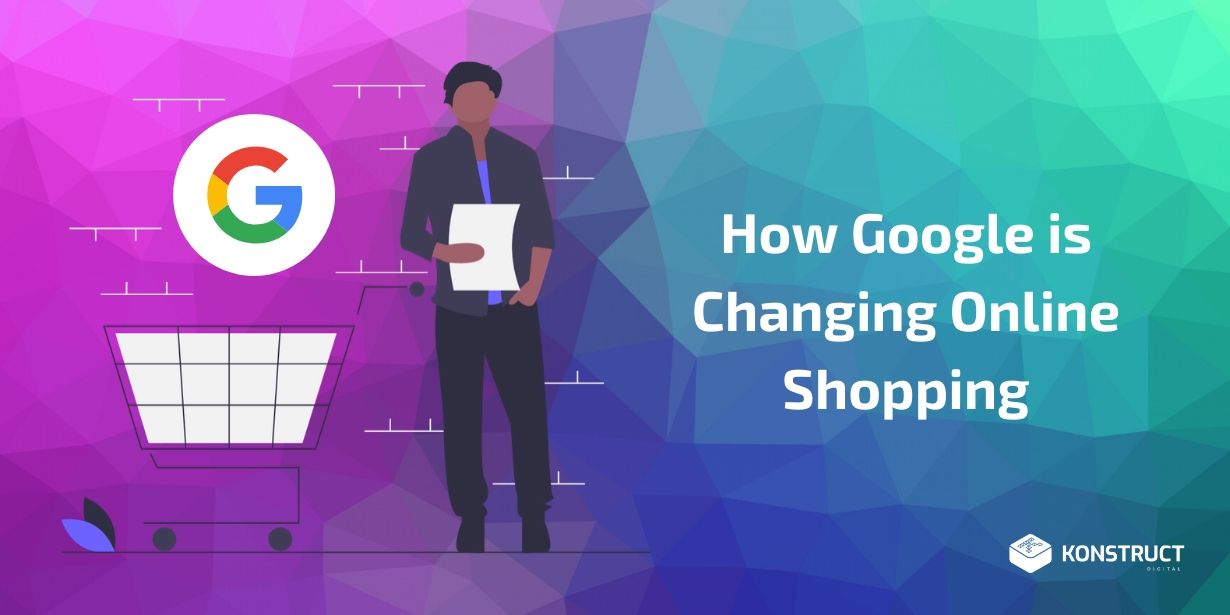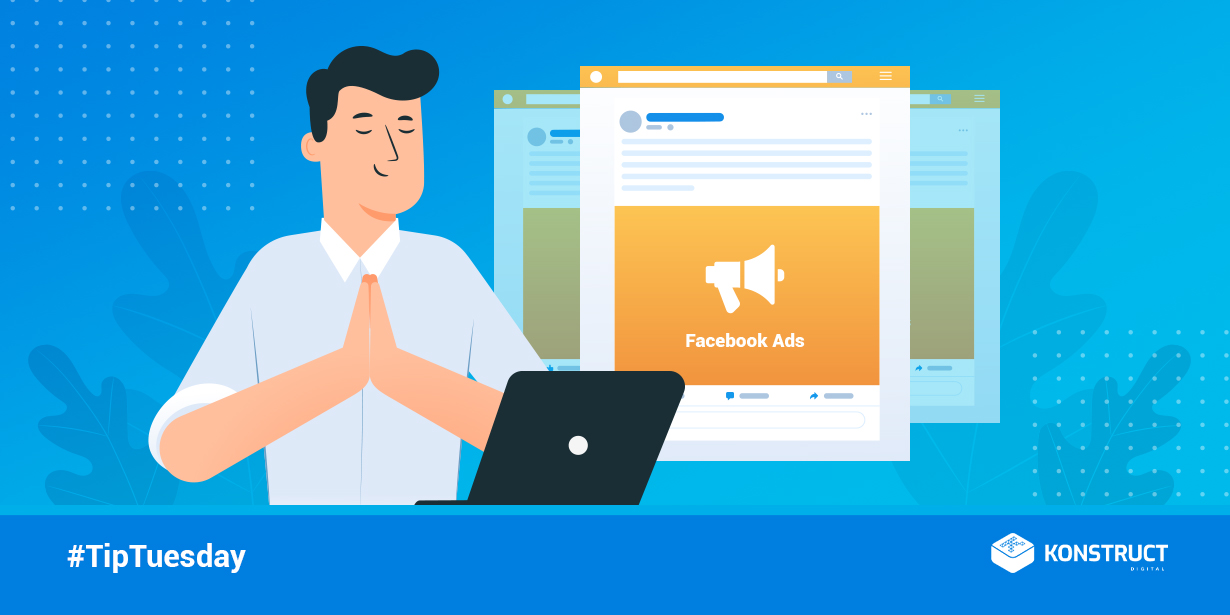What is the quickest way to make a sale online? Google Ads. What is also the quickest way to burn through hundreds or thousands of dollars in ad budget if you don’t know what you’re doing? Google Ads.
Unfortunately, most business owners see Google Ads as a magical solution to solving their lack of web traffic with the intent to purchase their products or services. People watch a few quick tutorials on YouTube, get excited, and launch a campaign even though they may not know what they’re doing.

It all sounds very promising! The headlines advertising a set it and forget it traffic system with a linear ROI are very enticing. Most new advertisers start to think if they put $1 into Google ads, they’re going to get $2 in return thanks to someone’s cookie-cutter strategy. If that was a reality, who wouldn’t want to throw in $1000 and make $2000? However, these cookie-cutter campaigns and templates seldom work for business owners. After a week of running their ads, they’re faced with the harsh reality that they just wasted their ad budget.
The campaign’s CTR (Click Through Rate) is essentially nonexistent, but they do get some clicks. At the end of the day, that just means an insanely expensive CPC. As a result, they’re convinced Google Ads are a scam, and Google is monopolizing the internet and out to steal money from everyone.

Business owners don’t see the back end of things, and free tutorials only scratch the surface when it comes to Google Ads. This just isn’t a set it and forget it kind of system. It’s a system that continues to evolve, and you have to use the data that you collect to create new ads.
Why does Ad management cost so much money? Because there is a ton of back end work that goes into it to ensure the ads are performing their best and delivering a positive ROI. Anyone can throw money into Google Ads, but it takes expertise to convert that ad spend into profit.
Managing ad accounts successfully has some key components to it. There is keyword research, quality score evaluation, copywriting, goal tracking, data analysis, campaign optimization, and campaign retargeting to manage. All of these components are distributed throughout five stages over the course of a year. All of these are factors that aim to increase your Google Ad campaign’s CTR (Click Through Rate) and CPC (Cost Per Click).
THE INITIAL STAGE:

Keyword Research
You can have the best Google Ads strategies in the world, but without conducting the proper keyword research, they’re useless. It’s like having a superpower to be invisible, but you can only activate the superpower when people aren’t looking.
The reason why you need to hit the nail on the head when it comes to keyword research is that you only want your ad to be shown to a relevant audience. Without proper keyword research, your ad could be shown to people who have zero interest in what you have to offer. That will then result in you spending cash on non-converting impressions. Yes, even if people don’t click on your ad, you’re still getting charged for views!
If you have too broad of a keyword pool, your ad won’t appeal to the people that view it. People with intent will search for specifics. Take a look for shoes, for example. Someone who is a fan of Nike’s could be searching for “Red Nikes” but with the intent of just looking at pictures. Another person could be searing “Buy Red Nikes Online”. If you are selling red Nike’s, the latter is going to make you some money!

Match Types:
There are different match types for keywords. Most people think entering a word is enough. Here are some quick examples.
| MATCH TYPE | SYNTAX | KW EXAMPLE | SEARCH RESULTS | EXAMPLES |
| Broad | none | red shoes | Includes typos, synonyms, related searches, variations | Buy red sneakers |
| Broad Match Modifier | +keyword | +red +shoes | Contain keyword with a modifier, but in any order | Shoes that are red |
| Phrase Match | “keyword” | “red shoes” | Variations of the phrase | Where to buy red shoes |
| Exact Match | [keyword] | [red shoes] | Exact search term | red shoes |
Negative Keywords:
Keyword research doesn’t only include the keywords you want your ads to be shown in. For example, let’s say you’re selling an RV trailer called the “KZ, Inc. Venom”. You have a great idea and want your ad to be shown to people searching for reviews of the RV. To go about showing people ads for the RV, you use ‘venom trailer review’ as a keyword. Now, if you search that up on Google, what do you see? You’ll see trailers to the Venom movie, and this is where your ad for the KZ Venom trailer is going to show up. Not exactly ideal for selling a travel trailer, right?
The way you would combat this is by using negative keywords. If you add ‘HD’ or ‘Official’ as negative keywords, you can significantly reduce the chance that your ad will show up for movie-related search terms. Again, we need to reiterate the importance of being specific. For this situation, you would want to include “KZ” in your keyword.

Copywriting
Your keyword research is perfect. You’re nailing the correct match types. Logically, all your keywords make sense, and you want to launch your campaign right now. You feel like a genius for finding all these negative keywords. You may really want to launch that campaign, but hold your horses! Keyword research isn’t enough. All that keyword research does is put your ad in front of the right audience. So what’s the next step? To entice your audience to click on the ad.
This is the next obstacle you have to face when developing your Google Ads campaign. But how do you get people to click on your ad? This is where your headlines have to stand out and catch the eyes of potential customers. Your ad headline is the first thing people see when they search for something on Google. Make your headline compelling. Ask yourself: Why should they click on your ad? What makes your ad stand out? What makes you different from all of the other search results? What value can they get from the ad?
Let’s use car dealerships as an example! As a user, would you click on:
Car Dealership | Dealership Name | dealership.com
OR
New & Used Cars | Low Finance Rates | Easy Approval
When people are looking to purchase a vehicle, they look for low finance rates, and because this is in the headline, they’re more likely to click on it. Having headlines that are in line with your audience is what improves your CTR.
With Google Ads, you are allowed to use three headlines, two descriptions, and site extensions.

Extensions
Want to increase your conversions even more? Add extensions to your ad. The most common extensions and the ones we highly recommend are location extensions, structured snippets, and call extensions.
Location Extensions
Your business address would appear in this extension. If you are a local business, this is going to help you a lot. When people are searching for a service on Google, they sometimes look for something within a close proximity of their current location. If your business is near them, they’ll pick you, and all they have to do is click on your ad extension to bring up your address in Google Maps or their navigation app of choice, and they’ll be on their way to give you business.
Structured Snippets
If you have multiple landing pages for your store, you would want to add this extension. If you are running a car dealership ad that sells both new and used cars, like the example above, this is a great place to drive Google traffic to the right landing pages. If people are looking for used cars, they’ll click on your ‘used cars’ link. This removes that hassle of them trying to navigate through your site to find your ‘used cars’ section.
Call Extensions
People are lazy! If they need to call you, they probably aren’t willing to go through the hassle of finding your phone number on their website. This is where call extensions come into play. All users have to do is click on your phone number on your ad and boom, they’ll be able to call you. Best of all, you get a lead! The extra step of going through your site to find a phone number is an extra barrier they have to go through, so why not just remove that barrier? It’s all about removing friction.
These are the key things you have to set up in your Google Ads campaign in order for it to be successful. It’s nice to put these on a spreadsheet to review them before launching your campaign.
At that point, you are all ready to load these up to your Google Ads campaign. The only thing to do now is to set up your daily budget, bid strategy (leave it set to maximize clicks for now), and target locations, but they’re all pretty straight forward. Run your ads, and don’t touch them for a week. Do you want to make changes in the first couple of days of running them? Is your CPC high that you have the urge to optimize your ads? Stop it! No Touching! Let Google do its thing and go through its learning phase. This learning phase might put you in the red, but you’re not going to be spending more than your daily budget. Relax, the system will sort itself out. The power of AI will enable Google to deliver better results.
WEEKLY STAGE
Now that your ads have been running for a bit, you will have collected some initial key data to review and optimize your campaigns. Again, Google Ads isn’t a ‘set it and forget it’ kind of thing, so you will have to periodically monitor your ad’s performance. After going through this process, this is something you’ll want to do weekly. Here are some things you need to keep monitoring!
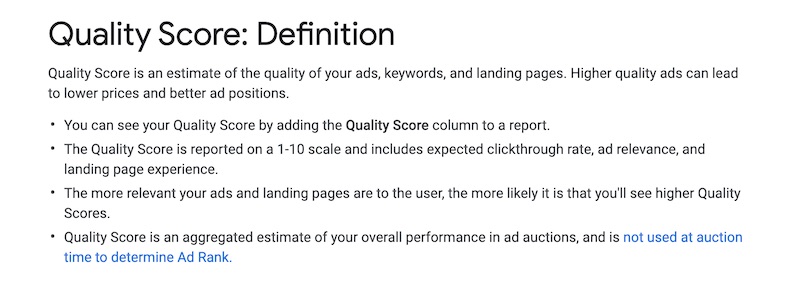
Quality Score
Your ad’s quality score determines where your ads will be placed in the search results. You can have all of the budget in the world to spend on your ad campaigns and have the highest bids, but your ad could still be placed at the bottom of the search results. This is all determined by your quality score.
But what is an ad quality score? It’s a metric that gives you an idea of the quality of your ads in relation to a certain keyword. In order to have a good quality score, your ads have to be relevant to the keyword, and your landing pages need to be relevant too.
If you are experiencing a low-quality score, here are some reasons why:
Poor CTA
You may not have nailed this one in the initial phase. But that’s all good! That’s why we’re testing and experimenting, right? Change up your CTA and try doing some research on what makes your audience want to click on your ad.
Low Relevancy
Let’s use the example of trying to sell cars again. You’re targeting keywords for “used cars”, and your landing page is a catalog of used cars. However, your headline says, “Toyotas for Sale | Low Financing Rates.” Google doesn’t see “used cars” in your headline, so you will get a low-quality score for the “used cars” keyword.
Low-Quality Keywords
After your keyword research, you probably have found keywords with a ton of monthly search volume. But without looking at your keyword list, it’s very likely that the keywords you’re targeting are one-word or two-word keywords. Remember the ‘red nike’ example from above? Your keywords need to have intent. A good keyword to target for this example is “Where to Buy Red Nikes Online.”
Click Performance
Check your CPCs and CTR’s. If your copy is on point, you may want to revisit your negative keyword strategy. Check ‘searched keywords’ on your campaign. This will provide a list of where your ads are showing up for certain keywords people are searching for. If you are seeing a lot of unwanted search phrases, such as “Buy Nikes Kijiji”, you want to add that phrase to your negative list, and also add the particular word that’s causing it. In this case, “Kijiji.”
A low CTR could cause a spike in your CPC, so you want to make sure that the keywords you target are on point. Leave your ad sets alone for another week and repeat. Observe your ad’s performances week over week to keep your ad campaigns optimized and ensure that they’re growing to generate a positive ROI.
MONTHLY STAGE
The monthly tasks have to be executed carefully and thoroughly. The main goals for this level of optimization and management are looking at your campaigns that are producing good results and scaling them while cutting back on the campaigns that aren’t performing well. This is also the time to expand and experiment on new campaigns,
This is also the time when you’ll want to play around with your bid strategies and daily budgets.
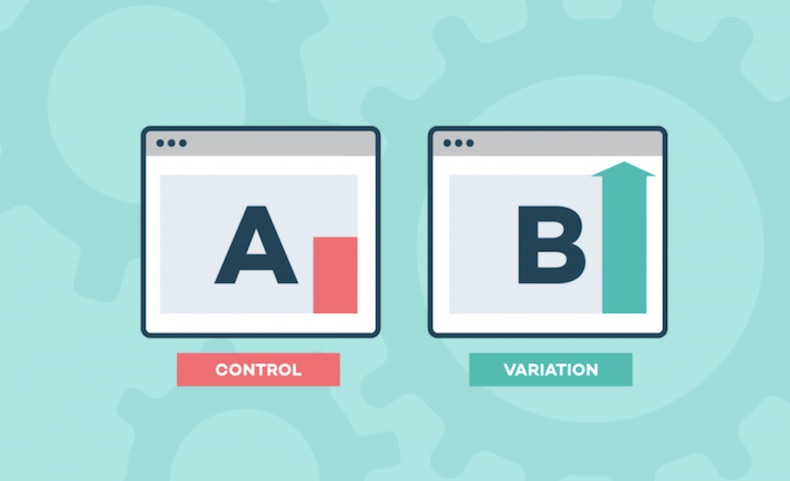
Expand & Refine
This is the time where you want to grow your campaigns where it makes sense. Take a look at your winning keywords and ads, and do some more keyword research. Your keywords should be expanding based on your current winners. Loading up your winning keywords on Google’s Keyword Planner will help give you new ideas and opportunities to expand on.
While you are expanding your winning ads, you also have to refine your current campaigns. If there are keywords and ads that aren’t working well, get rid of them. They are eating away at your budget, which you could be allocating to growing and scaling your winning campaigns.
Build new campaigns and ad groups to expand and test your winners, refine your current ones to keep them performing at their best.
Copywriting 2.0
The copywriting in your initial stage is all about creating headlines that capture people’s attention. The monthly copywriting tasks are for expanding your ads. Look at the ads that are significantly outperforming the others and create new ads that are similar to these ones.
Bid Strategy
During your initial month, you’ve only been using the “Maximize Clicks” bidding strategy. There are different strategies that Google offers. There are strategies for Manual CPC, Automatic CPC, Enhanced CPC, CPA (Cost Per Action) Bidding, Target CPA, Target Outranking Share, and Target Return on Ad Spend, to name a few of them. There are many more bid strategies for you to test. We could do a blog post just on bid strategies!
The most important part of the monthly stage is to keep expanding and testing. It’s hard to say which bidding strategy is best because it varies for each different industry and location. If you are making significant changes to your ads, make sure to test them in new campaigns and ad groups. You don’t want to ruin your current ads that are crushing it. These ads and campaigns are your fallbacks.
QUARTERLY STAGE
Four months have passed by, and with monthly optimizations to your ads, you are seeing significant increases in your click-through rate. Great work! Your ads are killing it, but how do you improve your campaign even more? By focusing on what happens after a user clicks on your ad. The tasks focused here are more on optimizing what the next steps of your customer’s journey are.

Traffic Observation
Look at Google Analytics to see what each user is doing on your site. Are they clicking on your CTA? Are they exiting your page immediately afterward? Are they clicking on other links on your site? To further expand your potential to land conversions, you want to know what each user is doing on your site.
Multi-Channel Observations
If you are doing multi-channel marketing, you need to keep track of your customer’s touchpoints and see where the conversion actually happens. The more visitors you observe, you’ll start seeing patterns across the different channels. Pay attention to which touchpoints are bringing in the biggest conversion rates, then create and test out new strategies with that in mind.
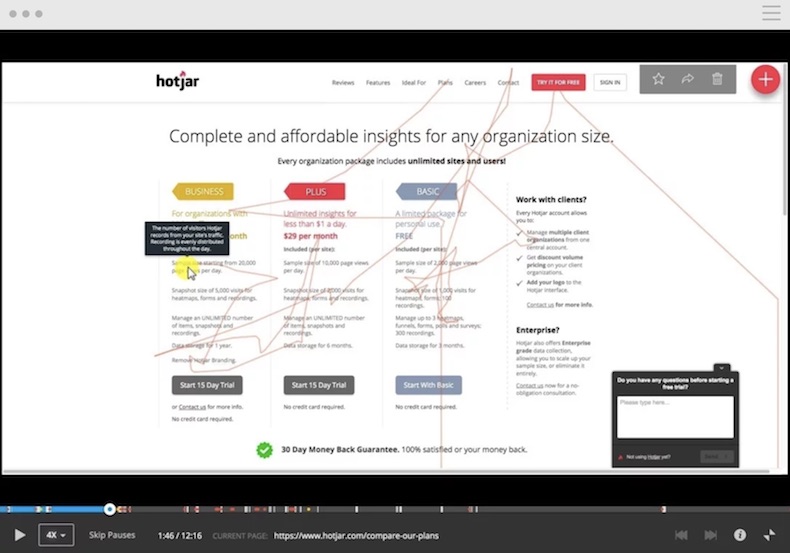
Landing Page Optimization
If you want to see exactly how a user is interacting with your landing page, you can get a heatmap analyzer. Online tools like hotjar record the actions of a visitor. When looking at the heatmap, there are a few things you need to ask. Where are they clicking? What is compelling them to make a conversion? What is scaring them away? You will be able to determine all of this.
Quality Score Analysis
However, when you change up your landing pages, you need to pay attention to potential changes to your ad’s quality score. Any changes made could affect your quality score in either a good way or bad way. If you find that your quality score is going down, you need to take a look at which keywords you are targeting, your page content, and your ad copy. If you notice any keywords that have significantly lower quality scores than the others, remove those keywords as it may be affecting your quality scores for other keywords.
Managing Google Ads
This quick guide on managing your Google Ads should be enough to get you started! One thing to keep in mind, however, is that managing an ad account is time-consuming and comes with a lot of risks. Without the proper experience and expertise, it is easy for businesses to misspend a lot of their money on advertising.
That’s where marketing companies like us come into play. Instead of having to worry about learning how to run ads and then go through the long process of optimizing your ad campaigns, we do all the work for you so that you are able to focus your time on what you do best, running and growing your business.

